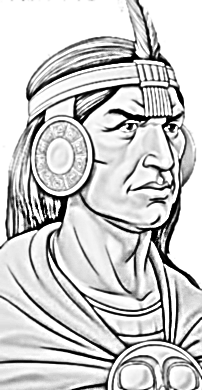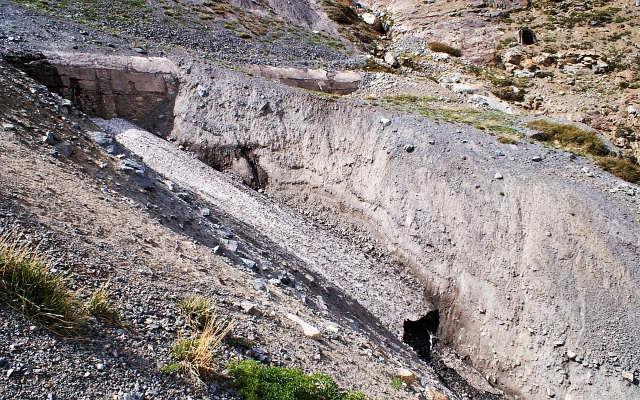
After his exhausting ascent from Santiago de Chile, Pachacutec tells us about an ancient Inca tale, which is said to have occurred at the mountain lake Laguna del Inca seen in the title image. According to this tale, the Inca Prince Illi Yupanqui poured all his tears of sadness into this lake when his wife, the Princess Kora-Ile passed away in an accident. She died during a ceremonial activity which should have sealed their marriage. The body of the princess was left near the lake. The lake colour represents the colour of her eyes. It is said in the mountains aound Portillo that, in certain winter nights, the sadness of the Prince Illi Yupanqui is carried by the wind through the valleys and over the mountains. With tears in his eyes, Pachacutec continues his way across the Andes to Mendoza.
Do you believe this sad story? If not: try to explain the landscape in the photograph from the view of modern science. How could the Laguna del Inca have formed? And what is the function of the village in the centre of the image? You can also click on the Inca warrior to learn more about the road network of the Inca.
















